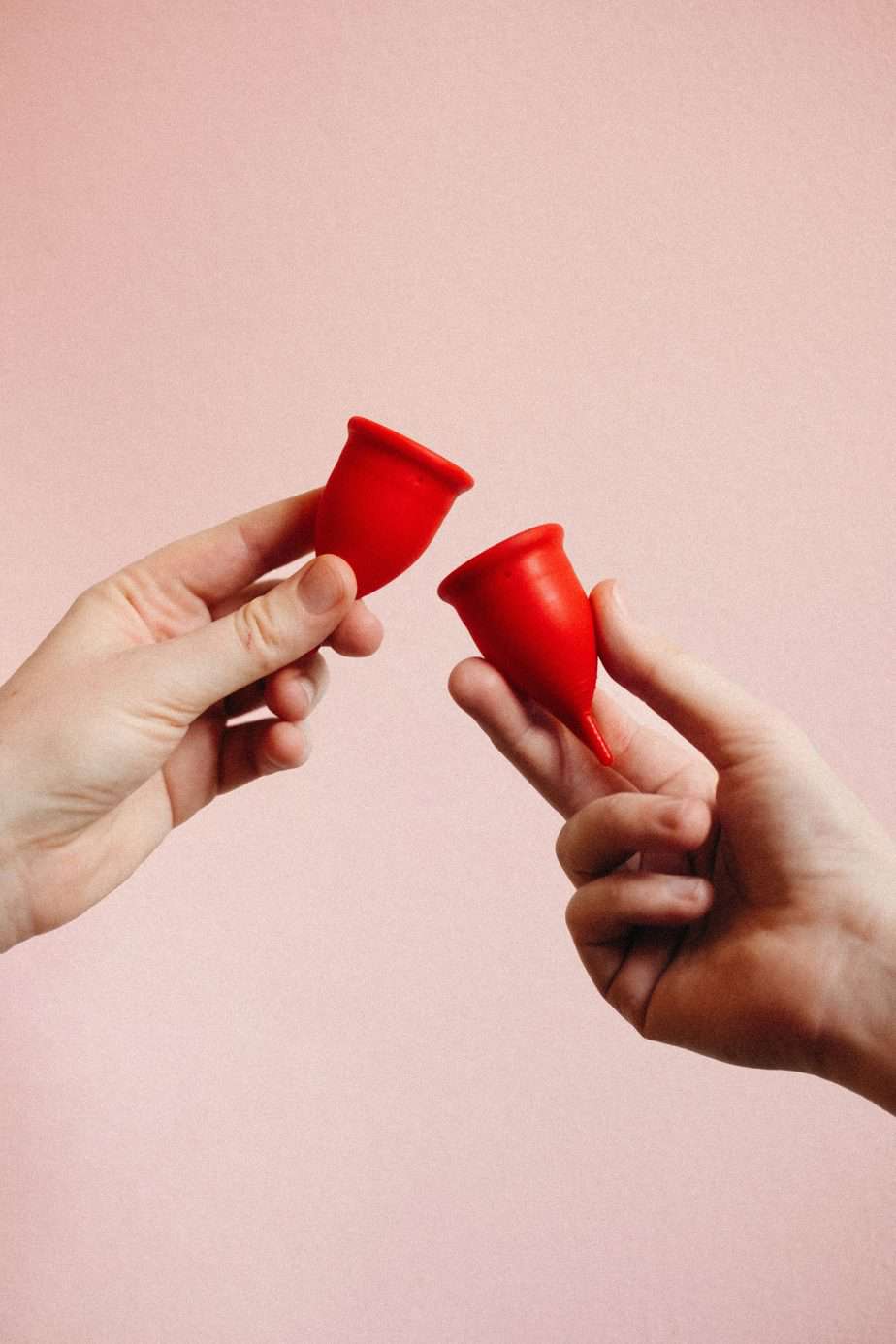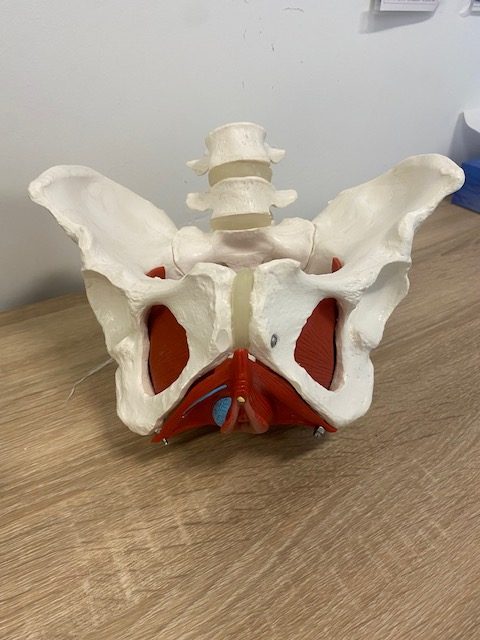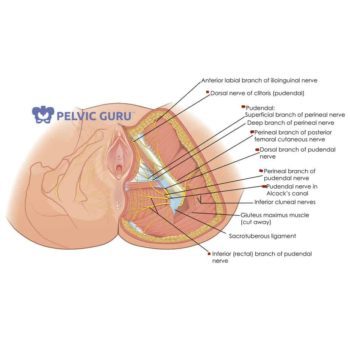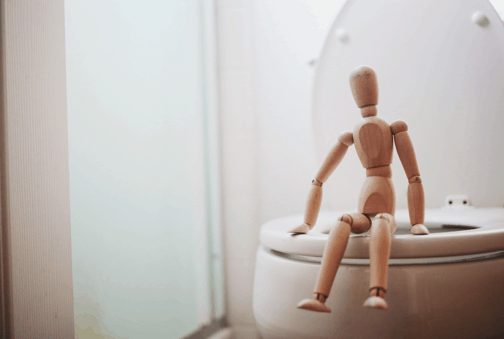The Pros and Cons of Menstrual Cups

Nowadays there are plenty of options to choose from when selecting the right feminine hygiene product. To name a few there are: tampons, pads, cups, discs, lined underwear and much more! In recent years, menstrual cups have been a popular choice of feminine hygiene product, especially for those looking to make an Eco-conscious decision. If you’re debating making the switch, continue reading for some pros and cons on menstrual cups.
But first, how exactly does a menstrual cup work?
A menstrual cup is a reusable bell-shaped cup typically made of silicone or rubber used to collect menstrual fluid. To insert the cup, one simply has to fold the cup then insert it into the vaginal canal. Once inserted correctly, the cup will pop open and form a seal against the walls of the vagina and collect the menstrual fluid.
The Pros
- Pros
- Lower costs
- While it may be pricey up front, a menstrual cup could be a worthy investment. The average cost a person spends per month on feminine hygiene products is estimated to be around $14. Added up this comes to over $6,000 when calculated if using products from age 12-52. If properly maintained, a reusable cup could save you an enormous amount in the long run!
- Eco-friendly
- Who doesn’t love an Eco-friendly option? Since they’re reusable, menstrual cups can help our environment by decreasing the amount of waste per month and decreasing the use of paper/plastic products used to make feminine products.
- No embarrassing odor
- Once blood is exposed to air, odor begins to develop. Since the cup is inserted into the vaginal canal, blood is never exposed to air, leading to less odor!
- Longer wear
- Most menstrual cups can be worn for much longer than the typical 4-8 hours for a tampon. Depending on the size of your cup and menstrual flow, the menstrual cup can be worn for up to 12 hours!
- Health benefits
- Unlike tampons and pads which absorb menstrual fluid, a menstrual cup collects the fluid. Once fluid is collected it can then be emptied. Since no blood or vaginal discharge is absorbed with the use of the cup, there is no significant change to pH levels of the vagina.
- Lower costs
The Cons
Cons
- More mess
- Removal of the cup can be messy. To remove, one must insert a finger into the vaginal canal to collect the full cup, then empty, then clean the cup before reusing. With practice, many women can master removal with minimal mess.
- They can be difficult to insert
- Another learning curve to the menstrual cup is insertion. At first, most users have difficulty with inserting and proper placement. Two things that can help with insertion are proper lubrication and trying different cup folding methods.
- Possible fit problems
- The menstrual cup is not a “one size fits all” method, and you may need to trial different sizes or brands to figure out what’s right for you. If you have a low cervix or dropped uterus, there may be issues that arise with menstrual cup use.
- Proper maintenance
- After removal of the cup, it must be rinsed and cleaned before reinsertion. In addition, after each cycle the cup should be sterilized in boiling water or with a cleanser made for the same material (a solution for cleaning baby bottle nipples might suffice). If not maintained properly, the cup can carry bacteria which can eventually lead to infection or breakdown of the silicone material.
- Health risks
- Unfortunately more research needs to be done on the associated potential health risks with use of a menstrual cup. Some surveys and case studies have shown risk of IUD displacement or expulsion. Most commonly this can occur with pinching or pulling the IUD string with cup removal. In addition, women with a dropped uterus or prolapse should consult with their medical provider before use.
How PT can help
If you’re considering switching to the menstrual cup or if you already use one and are experiencing issues talk to your healthcare provider! A pelvic floor physical therapist can help discuss the right size and shape of the menstrual cup that may be best for you. A pelvic floor therapist can also assist with proper insertion and removal techniques and help address any underlying factors that may be causing these difficulties.
Body Harmony Physical Therapy offers one-on-one treatment sessions and provides individualized treatment programs for each patient.
References
- Gharacheh, M., Ranjbar, F., Hajinasab, N. et al. Acceptability and safety of the menstrual cups among Iranian women: a cross-sectional study. BMC Women’s Health 21, 105 (2021). https://doi.org/10.1186/s12905-021-01259-8
- Menstrual cup use, leakage, acceptability, safety, and availability: a systematic review and meta-analysis. Crossref DOI link: https://doi.org/10.1016/S2468-2667(19)30111-2
- https://www.healthline.com/health/birth-control/menstrual-cups-and-iuds#cause







